21 x 13 unframed
40.5 x 29.5 framed
This charcoal drawing by Frank Boggs depicts a typically Dutch landscape, dominated by a windmill with massive blades, standing near a canal. A steep-roofed house stands out in the background, while slender trees punctuate the foreground. Smoke rises from the chimney, bringing a touch of life to a peaceful scene bathed in a subdued light that the charcoal subtly renders. The composition is balanced, with a great mastery of volume and atmospheric perspective. The spontaneity of the line and the liveliness of the charcoal recall the outdoor working method adopted by Boggs from the end of the 19th century. The nervous but precise rendering of the vegetation and structures testifies to the eye of an architect and painter, perfectly trained to capture reality while sublimating it. This drawing is dated July 5, 1907. It is one of the many works that Frank Boggs devoted to Holland, a country he visited several times from the 1880s onwards. Several views of ports and windmills, made in Zaandam, Watteville or Dordrecht (also called Dort, its old toponymic form, often used in 19th-century artistic literature), can be found in his notebooks and in public collections. Frank Boggs' interest in Holland is part of a coherent artistic approach. A painter of ports and maritime scenes, he was very early attracted to Dutch waterscapes and vernacular architecture. These places, where the sky, water, and buildings are in constant dialogue, perfectly suited his sensibility for diffused light and misty atmospheres. This inclination is undoubtedly reinforced by the influence of Johan Barthold Jongkind, with whom he shares an impressionist approach to landscape. Like the latter, Boggs explored canals, quays, mills, and reflections in the water—motifs he expressed through oils, watercolors, and drawings, as seen here.
Frank Myers Boggs (1855–1926) was an American painter and printmaker, naturalized French, famous for his views of ports, quays, canals, and urban landscapes. Born in Springfield, Ohio, he began his career as an illustrator at Harper's Weekly before moving to Paris in the 1870s. A student of Jean-Léon Gérôme at the École des Beaux-Arts, he quickly turned to plein-air painting influenced by Impressionism. He traveled throughout Europe and painted the ports of Normandy, the banks of the Seine, but also London, Venice, Algiers, and the canals of Holland, which he visited as early as 1884. He was particularly fond of misty atmospheres, reflections on the water, and port ambiances, which he translated into a sober and luminous palette. His style, between realism and impressionism, sometimes evokes Jongkind, whom he admired. Frank Boggs exhibited regularly at the Salon, received official commissions, became a member of the Salon des Artistes Français, and was made a Knight of the Legion of Honor in 1923. He died in Paris in 1926. His works are held in numerous museums, including the Musée d'Orsay, the Metropolitan Museum of New York, the Musée des Beaux-Arts de Marseille, and the Musée de Meudon, which has a large collection of his drawings and paintings.





















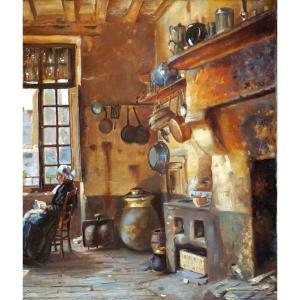
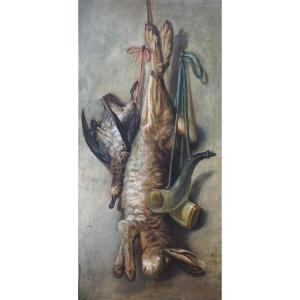



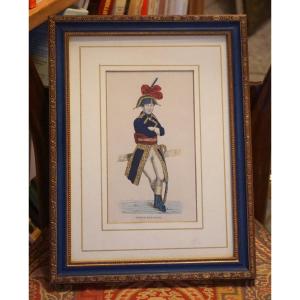
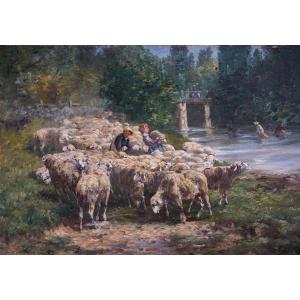


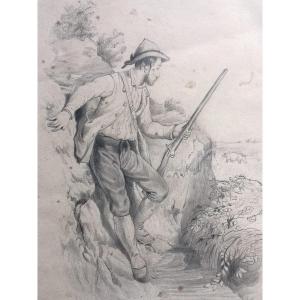
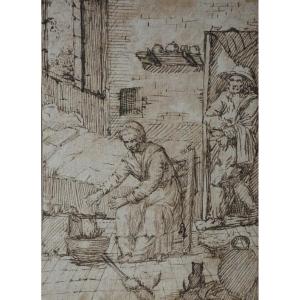



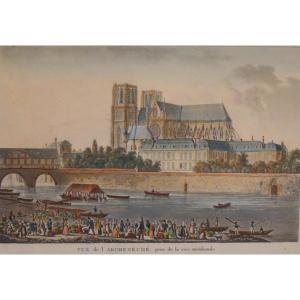


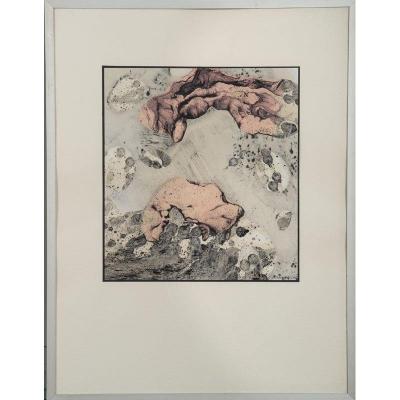
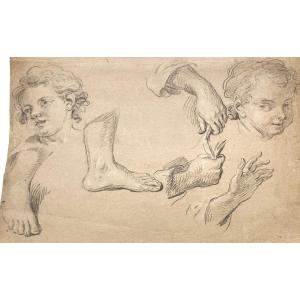
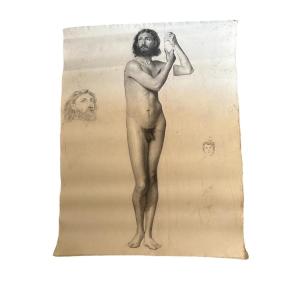



 Le Magazine de PROANTIC
Le Magazine de PROANTIC TRÉSORS Magazine
TRÉSORS Magazine Rivista Artiquariato
Rivista Artiquariato